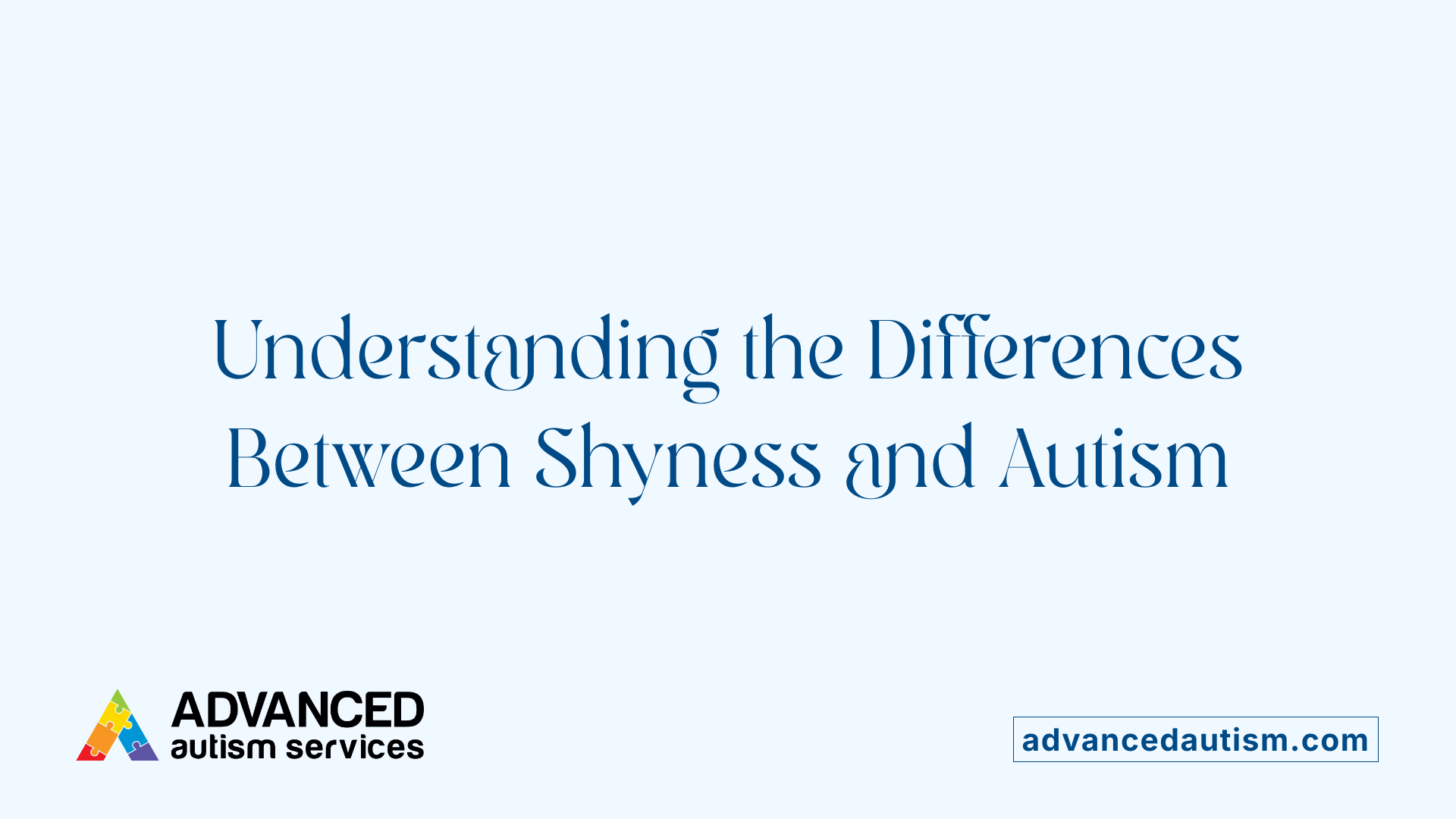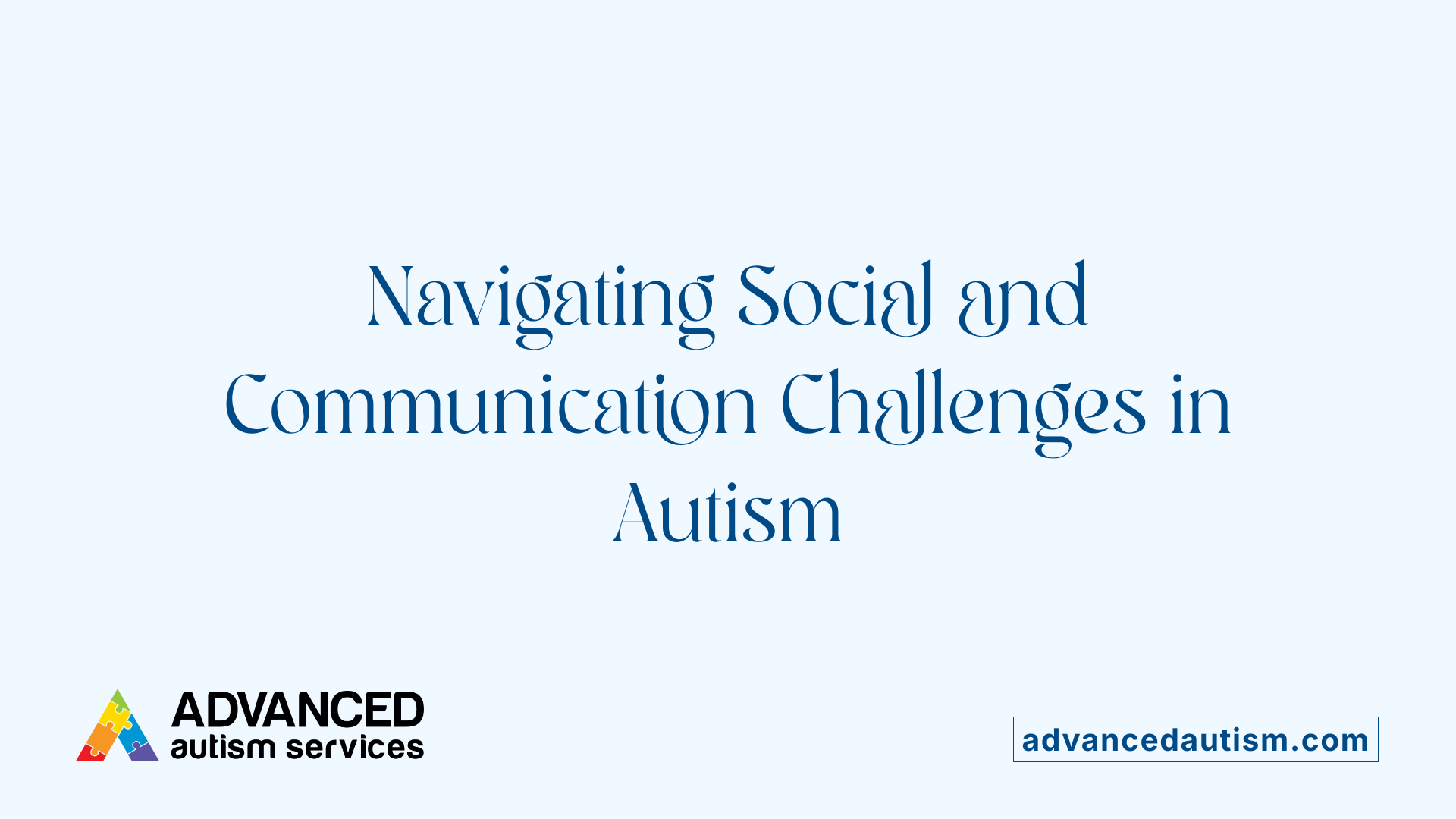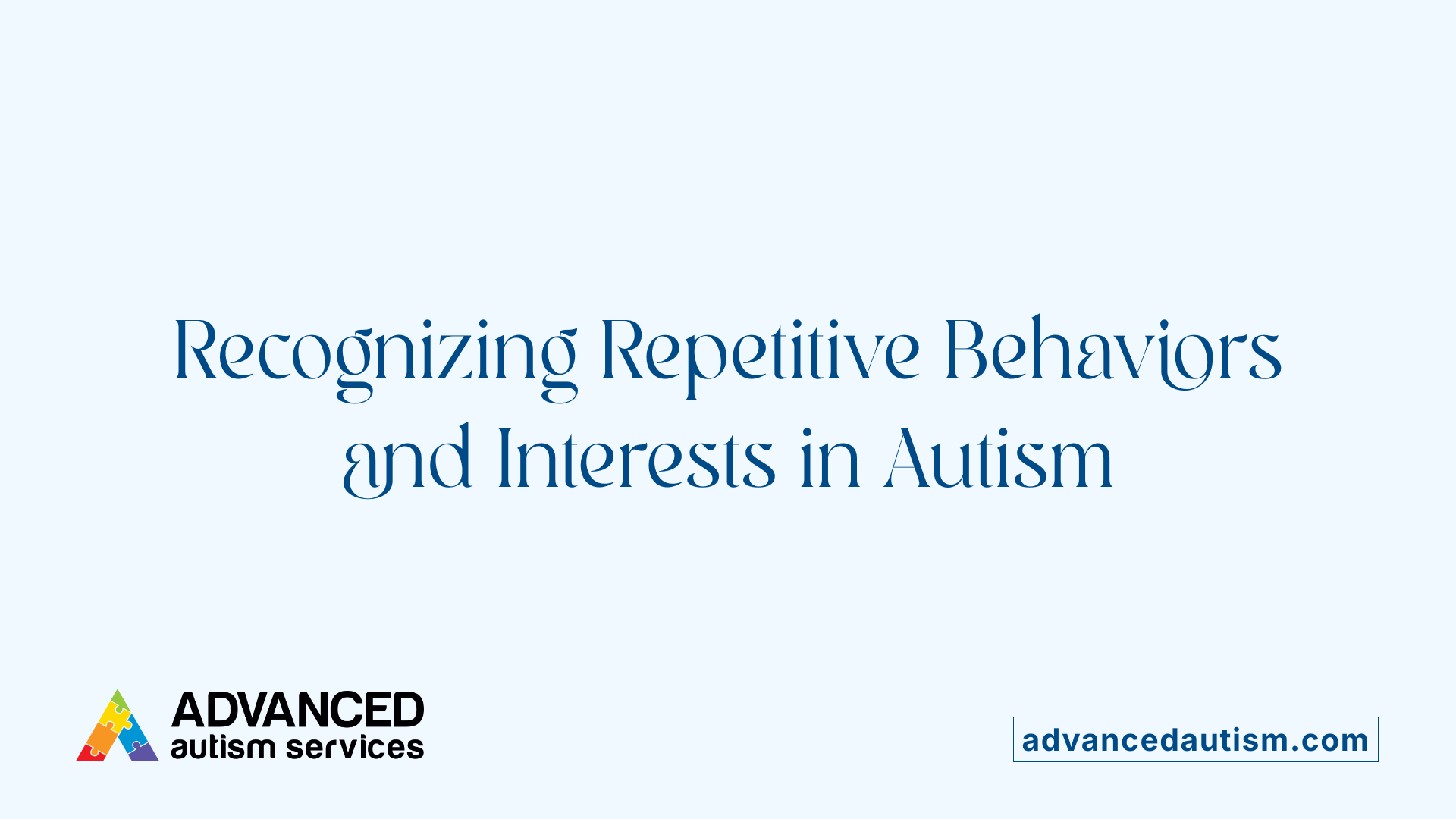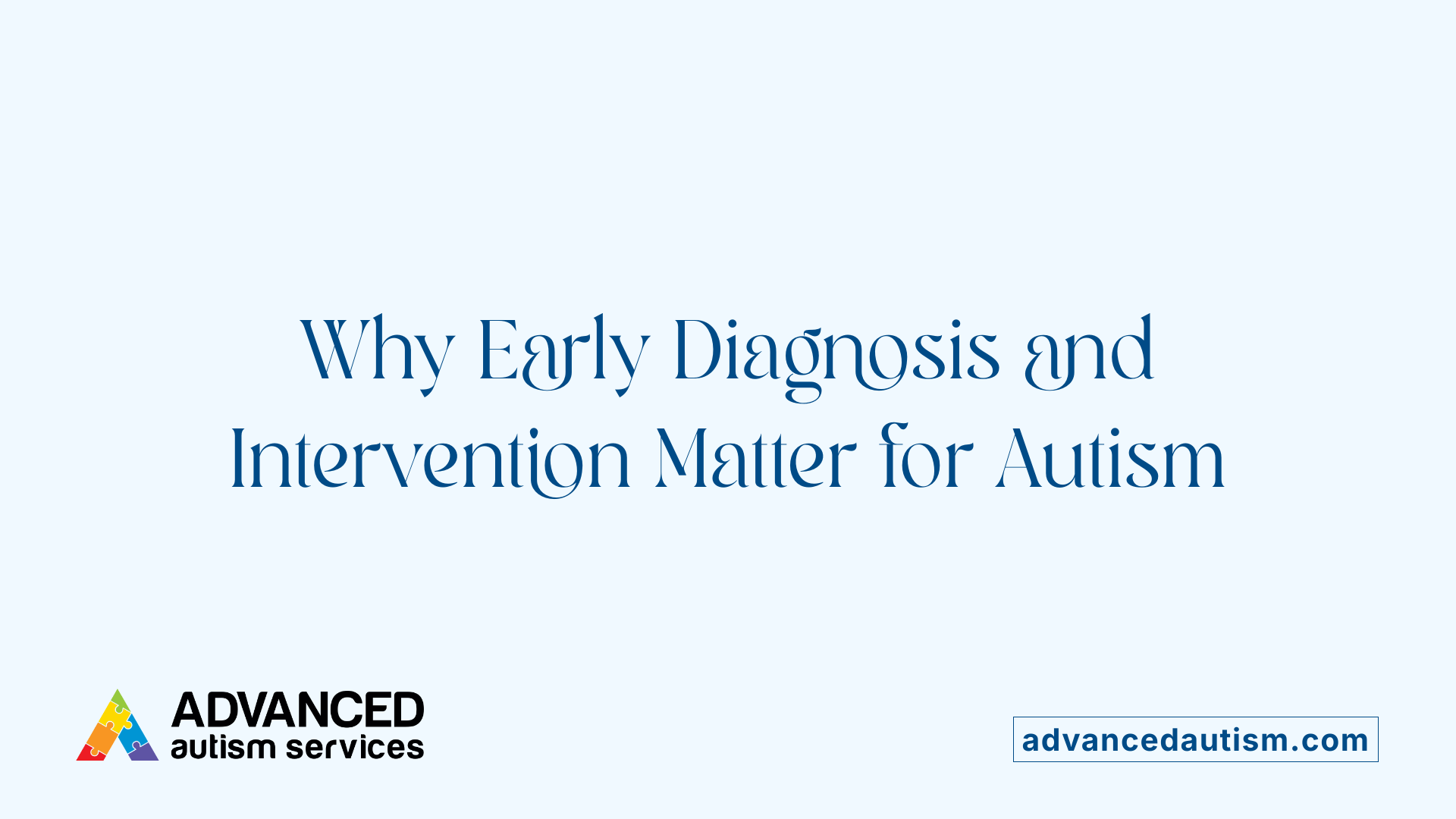Introduction to Social Traits in Childhood
Both shyness and autism influence how children interact socially, but they differ significantly in duration, intensity, and impact. While shyness is a normal, often temporary childhood trait characterized by feelings of discomfort in social situations, autism is a persistent neurodevelopmental disorder that affects social interaction, communication, and behavior. Recognizing these differences early is crucial for providing appropriate support and intervention.
Defining Shyness and Autism: Key Differences

What is Shyness?
Shyness is a common childhood trait where children experience feelings of discomfort, self-consciousness, or nervousness in social situations. It is typically temporary and arises when children face new or unfamiliar social interactions. Shyness usually diminishes as children gain confidence and become more accustomed to their environment.
How is Autism Defined?
Autism, or Autism Spectrum Disorder (ASD), is a neurodevelopmental condition that begins in early childhood. It significantly affects social skills, communication, and behavior. Unlike shyness, autism involves persistent difficulties such as challenges in understanding social cues, trouble maintaining eye contact, and repetitive behaviors. These symptoms are ongoing and often require professional intervention.
How Do Shyness and Autism Differ in Children?
Shyness tends to be short-lived and less intense, often improving as the child becomes more comfortable. Autism, on the other hand, includes long-lasting symptoms that interfere with daily functioning. Children with autism may struggle with initiating or maintaining conversations and forming meaningful relationships, which is not typical of shy children.
Typical Behaviors in Children
Shy children may appear quiet or withdrawn in new social settings but generally engage socially over time. Children with autism may show restricted interests, repetitive behaviors, and strong difficulty adapting to social norms. These behaviors are more pronounced and persistent than those seen in shyness.
Understanding these differences can help caregivers and professionals determine when a child may need further evaluation and support.
Social and Communication Challenges in Autism

What social and communication difficulties are common in children with autism?
Children with autism frequently experience distinct challenges in social interaction and communication. These challenges include difficulty understanding social cues, which can make it hard for them to interpret others’ feelings or intentions. Maintaining appropriate eye contact is often uncomfortable or avoided, differing significantly from typical social behavior.
Initiating or sustaining conversations can be problematic for these children, who may not instinctively know how to start or continue dialogues in social settings. This can lead to difficulties in forming and maintaining meaningful relationships, as social communication does not come naturally due to their neurodevelopmental differences.
Unlike shyness, which is usually temporary and linked to discomfort or self-consciousness in social situations, autism involves persistent communication challenges that affect daily functioning. These difficulties arise from the disorder's impact on how individuals process social information, leading to a unique pattern of social challenges.
Support strategies such as visual aids and explicit social skills training can help children with autism navigate these difficulties. Early diagnosis and intervention by healthcare professionals are crucial to improving social communication outcomes and facilitating better integration into social environments.
Behavioral Characteristics: Repetitive Actions and Interests

What types of behaviors are characteristic of autism that differ from shyness?
Autism is often identified by repetitive behaviors and restricted interests that are distinct from those seen in shy children. These repetitive behaviors can include repeated movements such as hand-flapping, rocking, or lining up objects, which serve as ways for the child to cope with overwhelming sensory input or stress.
Restricted interests in children with autism are focused and intense. They may center on specific topics, objects, or activities and can dominate a child's time and attention. These interests are not just hobbies but can significantly shape how they engage with the world.
In contrast, children who are shy may show hesitation or discomfort in social settings but usually do not display repetitive actions or strongly limited interests. Their discomfort is temporary and situation-dependent, not impacting their daily routines or learning to the extent seen in autism.
Understanding these behavioral differences is crucial for proper support and intervention. While shyness typically requires encouragement and reassurance, autism may need structured routines and targeted therapeutic approaches to manage these repetitive behaviors and interests effectively.
Overlap and Distinctions: Social Awkwardness, Anxiety, and Autism

Social awkwardness versus autism traits
Social awkwardness refers to difficulties in social communication and noticing social cues but is not classified as a neurodevelopmental disorder. In contrast, autism is a neurodevelopmental condition characterized by persistent challenges in social interaction, communication, and behaviors. People with autism often display traits resembling social awkwardness, such as avoiding eye contact or struggling to understand jokes, but these stem from deeper communication difficulties inherent in autism.
Co-occurrence of social anxiety and autism
Individuals with autism are at a heightened risk of developing social anxiety. This co-occurrence arises partly because social rejection and bullying are more common experiences for people on the autism spectrum, which can lead to increased social distress. Treatment for social anxiety typically involves cognitive behavioral therapy (CBT) and medications like antidepressants, personalized to each individual's needs.
Impact of bullying and social rejection
Bullying and social exclusion significantly affect children with autism, contributing to the development of social anxiety. These negative social experiences compound the existing communication and interaction challenges, making social situations even more stressful and heightening feelings of isolation.
Differences in underlying causes
The primary distinction lies in the causes behind the social difficulties. Social awkwardness stems from social discomfort and lacks the persistent neurological foundation seen in autism. Autism involves a complex neurodevelopmental basis affecting multiple areas of functioning, including social skills, communication, and behaviors. Social anxiety is a separate condition that can co-exist with autism but results from emotional responses to social challenges rather than from underlying neurological differences.
This nuanced understanding highlights the importance of tailored support and interventions. Recognizing these differences ensures appropriate diagnosis and care, improving outcomes for children experiencing social challenges.
The Importance of Early Intervention and Diagnosis

Why is early diagnosis and intervention important for autism?
Early diagnosis and intervention are essential because autism is a neurodevelopmental disorder with persistent symptoms that significantly affect a child's daily functioning. Unlike temporary traits like shyness, autism’s impacts on social interaction, communication, and behavior tend to last throughout life if left unaddressed.
Healthcare professionals—including pediatricians, psychologists, and therapists—play a critical role in conducting thorough assessments to accurately diagnose autism. These evaluations help distinguish autism from other social difficulties and guide tailored support strategies.
Recognizing autism early allows for timely application of interventions such as Applied Behavior Analysis (ABA), which improves social and communication skills and promotes independence. Early support can also reduce the severity of behavioral challenges and enhance a child’s developmental trajectory, leading to better long-term outcomes.
In summary, early professional diagnosis and intervention maximize the effectiveness of treatment plans, helping children with autism thrive in their environments by addressing their unique needs promptly and systematically.
Applied Behavior Analysis (ABA) Therapy Explained
What is Applied Behavior Analysis (ABA) therapy?
Applied Behavior Analysis (ABA) therapy is a scientifically supported intervention designed to improve specific skills and reduce challenging behaviors, primarily for children with autism and related developmental disorders. It is tailored to individual needs through comprehensive assessments conducted by trained behavior analysts.
Principles of learning and behavior
ABA is grounded in principles of learning theory, focusing on how behaviors are influenced by environmental factors. Central to ABA is the understanding that observable behaviors can be taught, changed, or reinforced by manipulating antecedents (triggers) and consequences.
Techniques used in ABA
ABA employs several techniques, including:
- Positive Reinforcement: Rewarding desired behaviors to increase their frequency.
- ABC Model: This stands for Antecedent-Behavior-Consequence, a method of analyzing what happens before (antecedent) and after (consequence) a behavior to understand and modify it.
- Modeling: Demonstrating desired behaviors to encourage imitation.
Individualized treatment plans
Each ABA therapy plan is personalized based on the child's unique strengths and challenges. Treatment goals target vital skills such as social interaction, communication, requesting needs, turn-taking, and respecting personal space. Progress is continuously monitored to adjust strategies effectively.
ABA therapy is intensive and structured, often involving regular sessions to foster meaningful improvements in social and communication abilities. It stands as an effective tool that supports children with autism in building essential daily life skills.
Benefits and Targeted Behaviors of ABA Therapy
How ABA therapy improves communication and social skills
Applied Behavior Analysis (ABA) therapy is designed to help individuals with autism develop vital communication and social abilities. By using structured methods and positive reinforcement, ABA encourages learning and practicing skills like initiating conversations, maintaining social interactions, and respecting personal boundaries. This approach helps children with autism engage more effectively with others and participate in day-to-day activities.
Target behaviors including self-care and academics
ABA therapy extends beyond social skills, targeting key areas such as self-care routines and academic tasks. The therapy teaches children how to manage daily living skills—like dressing and hygiene—as well as enhancing their learning capabilities. It also promotes play skills and emotional regulation, supporting overall independence.
Use of positive reinforcement
Central to ABA is the use of positive reinforcement, where desired behaviors are immediately rewarded to encourage repetition. This method increases helpful actions and decreases negative behaviors by consistently recognizing progress. Rewards can vary from verbal praise to tangible incentives, depending on what motivates the child.
Individualized progress tracking
ABA therapy is highly individualized. Therapists continuously assess each child’s development and tailor interventions to their unique needs. Progress is closely monitored to adjust goals and strategies, ensuring the therapy remains effective in fostering growth in communication, socialization, and independence.
ABA’s comprehensive and personalized methods make it a powerful intervention to improve the lives of children with autism by promoting essential skills that support their integration and success in diverse environments.
Delivery and Professionals Behind ABA Therapy
Who provides ABA therapy and how is it delivered?
ABA therapy is primarily administered by licensed professionals, including Board Certified Behavior Analysts (BCBAs) and trained therapists who specialize in behavior analysis. These experts work closely with children and their families to create treatment plans tailored to each child's needs. Delivery methods of ABA therapy vary and include in-person sessions, telehealth services, or hybrid models combining both approaches. The flexibility in delivery ensures that therapy is accessible and can meet different family circumstances. Emphasizing individualized care allows real-time data collection and collaborative goal setting, which are crucial for maximizing therapy effectiveness.
What credentials should professionals providing ABA therapy have?
Professionals offering ABA therapy usually hold the Board Certified Behavior Analyst (BCBA) certification. To earn this credential, individuals must complete a master's degree in behavior analysis or a related field. They also need extensive supervised clinical experience and must pass a comprehensive certification exam. Additionally, obtaining state licensure may be required depending on local regulations. Key competencies for these practitioners include ethical practice, strong communication skills, and ongoing professional development to stay current with advances in behavior analysis.
Why is individualized care important in ABA therapy?
Individualized care is a cornerstone of effective ABA therapy because each child with autism presents unique strengths and challenges. Customized treatment plans take into account the child's specific social, communication, and behavioral needs. By tailoring therapy goals and methods, professionals can better support skill development such as initiating conversations, maintaining interactions, and managing behaviors. This personalized approach ensures that interventions are both relevant and impactful, fostering meaningful progress and improved quality of life for the child.
Creating Supportive Environments for Shy and Autistic Children
How can supportive environments be created for shy and autistic children?
Creating supportive environments for shy and autistic children centers on fostering understanding and acceptance. Accepting each child's unique challenges encourages confidence and reduces social anxiety.
For autistic children, establishing clear routines provides predictability, easing discomfort and confusion. Visual aids can help explain daily schedules or instructions, addressing communication difficulties and sensory processing needs.
Practicing social skills explicitly is crucial. Activities focusing on greetings, turn-taking, and respectful personal space help children learn and feel more comfortable in interactions.
Collaboration with healthcare professionals such as pediatricians, psychologists, and therapists ensures personalized strategies tailored to each child’s needs. Inclusive activities that welcome all children further enhance social participation and promote belonging.
These combined efforts create nurturing spaces where both shy and autistic children can develop confidence, communication skills, and meaningful relationships.
Conclusion: Recognizing and Supporting Unique Childhood Needs
Distinguishing between typical shyness and autism is essential for delivering appropriate support and intervention. While shyness is usually transient and less impairing, autism involves persistent, complex challenges requiring professional diagnosis and specialized therapies like ABA. Early recognition, coupled with evidence-based interventions and a nurturing environment, empowers children to develop vital social and communication skills. By embracing understanding and inclusivity, families, educators, and therapists can better support every child’s potential, ensuring a more adaptive and fulfilling life journey.
References
- Shyness or Autism: Identifying the Telltale Signs in Children
- The Difference Between Social Awkwardness and Autism
- Applied Behavior Analysis (ABA)
- Understanding the Functions of Behavior in ABA
- Data-driven, client-centric applied behavior analysis ...
- Telehealth in ABA Therapy for Accessibility and ...
- How to Become an ABA Therapist - School of Education
- Your Complete Guide to Becoming an ABA Therapist
- Applied Behavior Analysis (ABA)
- Applied Behavior Analysis



